Unveiling Intel's Arrow Lake CPUs: A New Era of High-Performance Computing
04 Aug, 2024
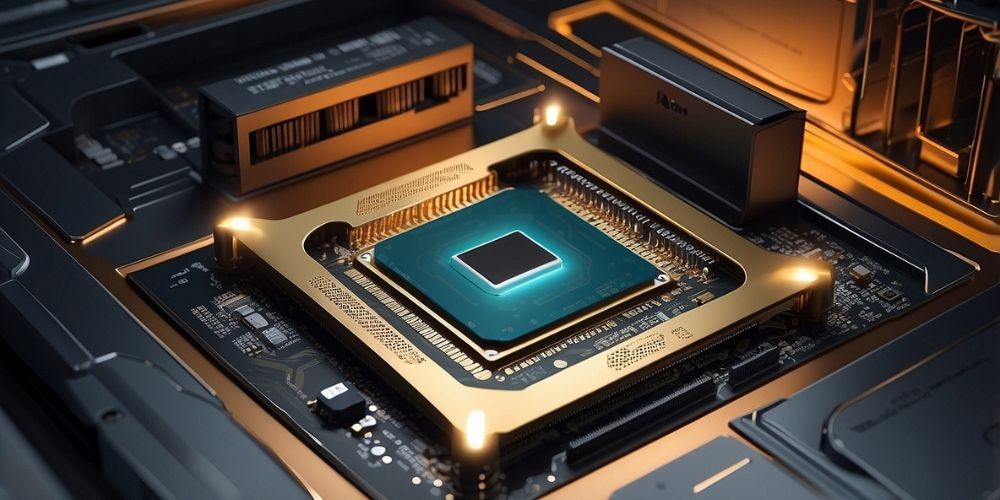
Intel's next-generation Arrow Lake CPUs are generating substantial interest and intrigue, especially with their unique architecture design aimed at the high-end and mainstream PC segments. Moving away from the Lunar Lake architecture, which focuses on thin and light devices, Arrow Lake promises enhancements that should deliver elevated performance levels across a variety of computing platforms.
Intel Arrow Lake CPU Structure
The Arrow Lake CPUs are built using an innovative approach known as semi-chiplet packaging. They consist of four main tiles mounted on a base tile. These tiles are segmented into the CPU, SoC, GPU, and IOE categories.
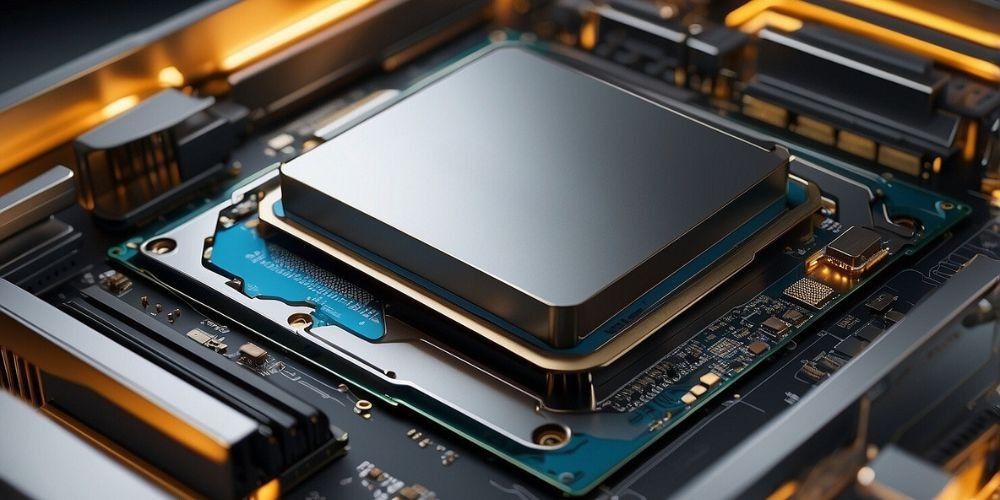
The CPU Tile
The core component of Arrow Lake is its CPU Tile. This is where Intel integrates its advanced Lion Cove P-Cores and Skymont E-Cores. Both types are enhanced with their respective L2 caches and a centralized power management unit. These cores are all connected seamlessly using coherent fabric technology, sharing the performance boost of an integrated L3 cache. Unlike the LP-E variants in Lunar Lake designed for low power consumption and minimal L3 cache, the Skymont E-Cores in Arrow Lake lean towards performance optimization. The Lion Cove P-Cores, paired with their faster clocks and increased IPC configurations, promise to elevate computing capabilities.
Multiple Configurations for Versatility
Intel is broadening the Arrow Lake landscape by offering a variety of configurations, each tailored for specific market needs. These variants include: - Arrow Lake-S (Desktop) - Arrow Lake-HX (Enthusiast Laptop) - Arrow Lake-H (High-End Laptop) - Arrow Lake-U (Mainstream Laptop) - Arrow Lake-WS (Xeon Workstation) Among these, Intel has revealed configurations such as 8+16, 6+8, and 2+8 dies. More versions are expected, providing users with options adapted to differing performance requirements.
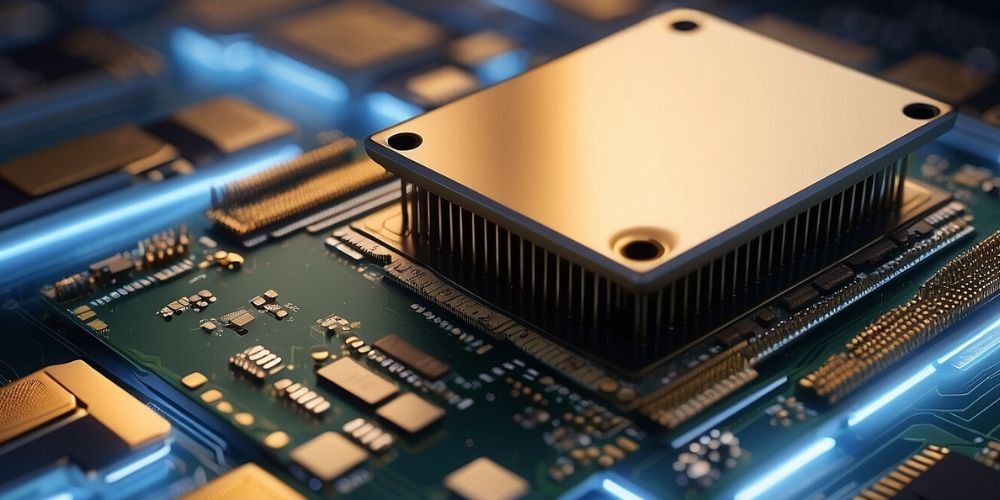
Process Node and Manufacturing
Intel's Arrow Lake may draw some parallels with Lunar Lake, especially concerning production processes. The Lunar Lake architecture utilizes TSMC N3B and N6 nodes, in addition to a Base Tile fabricated using Intel’s proprietary process technology. Although the Compute Tile for Arrow Lake might adopt either the 20A or N3B nodes, specifics remain to be confirmed.
GPU Tile
Arrow Lake's GPU Tile brings Intel's latest Xe graphics architecture into the spotlight for high-end platforms. The integrated graphics unit (iGPU) will boast up to two GPU slices, complemented by a dedicated L3 cache and its own power management unit.
IOE Tile
The IOE Tile offers extensive connectivity options, incorporating a Thunderbolt controller enabling TBT4/USB4/DP outputs and providing additional PCIe lanes. These features open the door to higher data transfer rates and enhanced peripheral support.
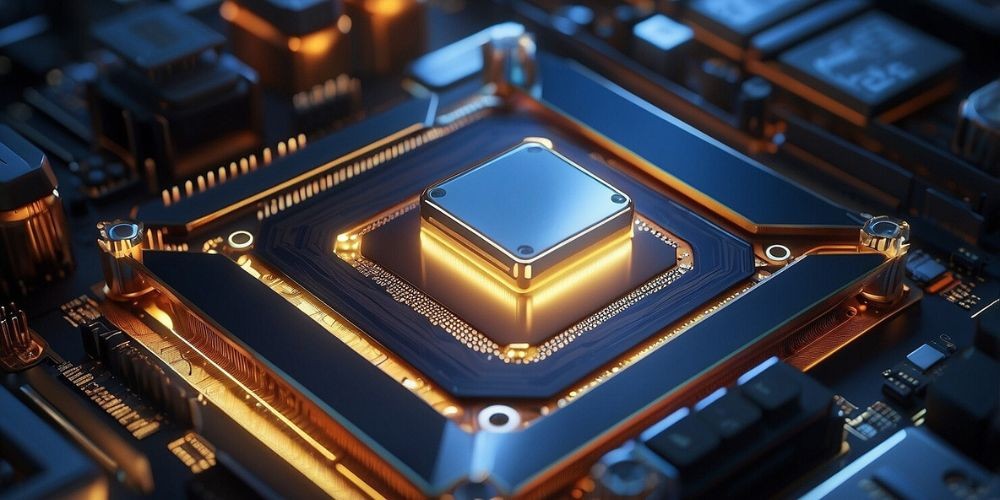
Soc Tile and System Integration
One of the most critical elements within Arrow Lake's architecture is the SoC Tile. This segment includes multiple vital components, such as: - Memory Fabric - Memory Controllers (DDR5/LPDDR5/LPDDR5X) - Security Complex - Power Manager - eSPI - Display Complex - Media Complex - AI Complex - DMI - PCIe - eDP Each of these units is interconnected through coherent fabric, ensuring efficient synchronization and data transfer capabilities across the system.
Advanced Interconnect and Packaging Technology
Arrow Lake introduces a sophisticated D2D (Die-To-Die) interconnect across all tiles. By employing Foveros packaging technology, Intel connects all chiplets within a cohesive monolithic package. This design sidesteps the conventional chiplet approach, ensuring that the entire system operates as a unified entity.
Launch and Market Availability
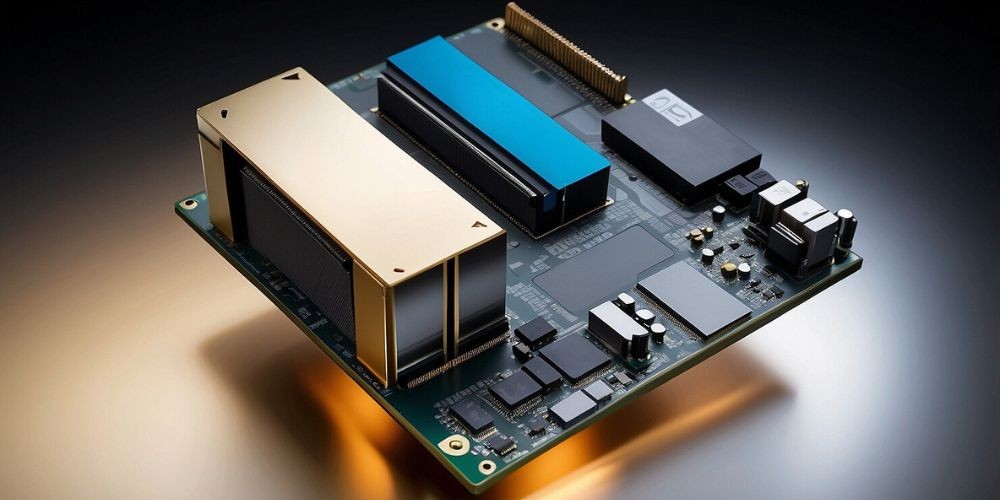
The initial rollout of Intel's Arrow Lake "Core Ultra 200" CPUs is slated for October with the Desktop "S" variants. These CPUs will be compatible with the latest LGA 1851 motherboards, featuring 800-series chipsets, starting with the Z890. Expect detailed information and further updates at Intel's Innovation event scheduled for September.
Looking Forward
Intel's vision for Arrow Lake extends far beyond just technical enhancements. By aiming at both the high-end and mainstream segments, Intel positions itself to cater to a diverse range of computing needs. From desktop enthusiasts to professional workstations, Arrow Lake CPUs are poised to make a significant impact. As we anticipate the official release and hands-on reviews, it is clear that Intel is making substantial advancements in CPU design. The intricate details of Arrow Lake reflect a balanced approach to performance, efficiency, and versatility, promising a bright future for computing technology.







